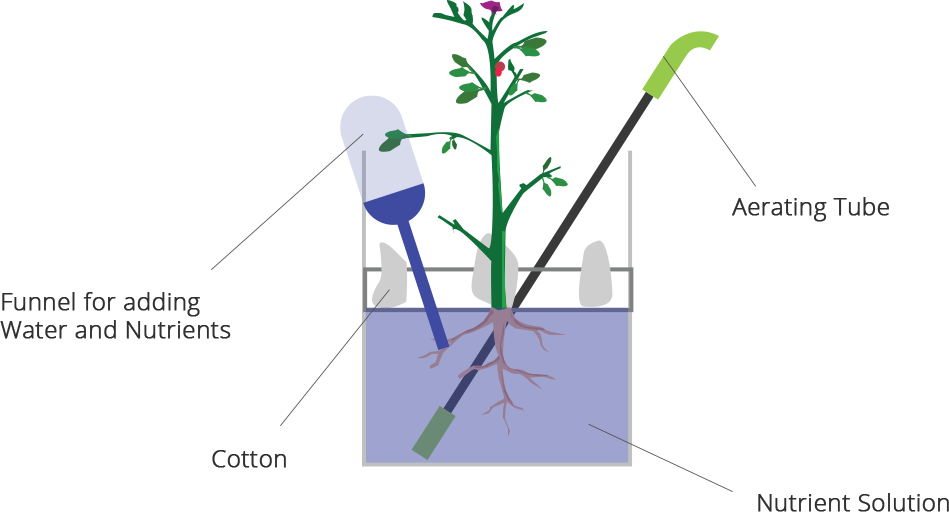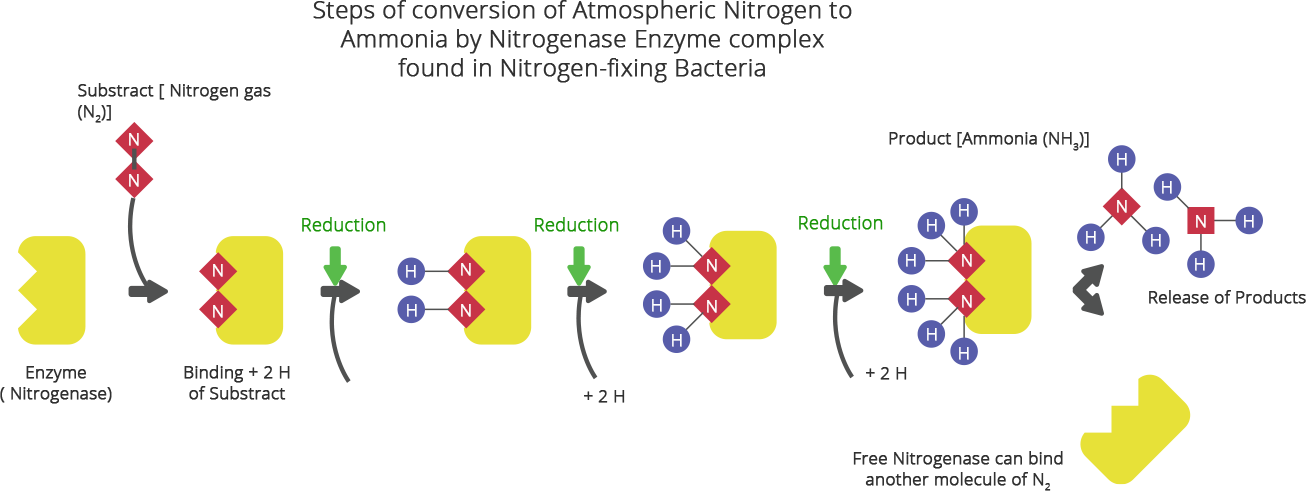NCERT Exemplar for Class 11 Biology Chapter 12 - Mineral Nutrition - Free PDF Download
FAQs on NCERT Exemplar for Class 11 Biology Chapter-12 (Book Solutions)
1. What are the concepts used in NCERT for Class 11 Biology Chapter-12, Mineral Nutrition?
The concepts used in NCERT for Class 11 Biology Chapter-12, Mineral Nutrition are as follows: Methods to study the mineral requirements in plants, essential mineral nutrients, Criteria for essentiality, Macronutrients, Micronutrients, the role of Macro- and Micronutrients, Deficiency symptoms of essential elements, critical concentration, the toxicity of micronutrients, mechanism of absorption of elements, flux, translocation of solutes, soil as a reservoir of essential elements, metabolism of Nitrogen which includes Nitrogen cycle, chemoautotrophs, nitrification, biological nitrogen fixation, nodule formation, symbiotic biological nitrogen fixation, reductive amination, transamination, hydroponics, etc.
2. Where can I find the NCERT Exemplar for Class 11 Biology Chapter-12, Mineral Nutrition?
At Vedantu, we have answers to every question you have. The students of Class 11 can study biology easily with help of the free study material which can be downloaded in PDF format for absolutely free of charge. Vedantu provides you with the NCERT Exemplar for Class 11 Biology Chapter-12, Mineral Nutrition which a student can study in any way they like. Whether it is offline, online, hard copy, or soft copy. These NCERT Exemplar solutions for the Class 11 Biology file make sure that you find easy solutions at hand with no hassle.
3. What can I do to understand NCERT for Class 11 Biology Chapter-12, Mineral Nutrition?
Preparing a Chapter like Mineral Nutrition to which the Class 11 students are new is something that should be done with serious discipline. The students should read every line with proper attention and should highlight the important notes. After this, they should try to solve the questions of NCERT and NCERT Exemplar for Class 11 Biology. They should study this chapter well as this chapter is also important for competitive exams like NEET, etc. Vedantu makes sure each child does that with our NCERT Exemplar for Class 11 Biology Chapter-12 (Book Solutions).
4. How can I prepare well for Class 11 Biology?
To prepare well for Class 11 Biology, the students can download various study materials available at Vedantu.com such as NCERT Book for all subjects, NCERT important questions, NCERT Exemplar for all subjects with solutions, sample papers, mock tests, etc. Using these, a student of Class 11 can achieve their dreams of cracking NEET and getting good marks in Class 11 and Class 12 biology examinations. The students should also make sure to understand the various units provided in Class11 biology to use this knowledge in the forthcoming years.
5. How can NCERT Exemplar for Class 11 Biology help in the preparation for Class 11?
The NCERT Exemplar for Class 11 is essential for every student who wants to get better grades in both Classes 11 and 12. Not only does NCERT Exemplar better your understanding of each concept, but it also helps you to practice your knowledge and know about how much you have learned and which topics you need to work on more. The NCERT Exemplar is also used for the preparation of competitive exams like NEET. So, if the students need a perfect book based on NCERT for Biology Class 11 then they should consider using NCERT Exemplar Biology for Class 11. Using NCERT Exemplar PDFs from Vedantu will help you do just that and more. So if you are a topper and trying to find the right book to help you study Class 11 biology, NCERT Exemplar is your solution.




























